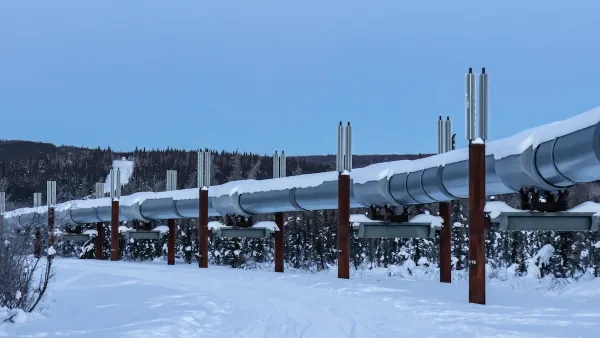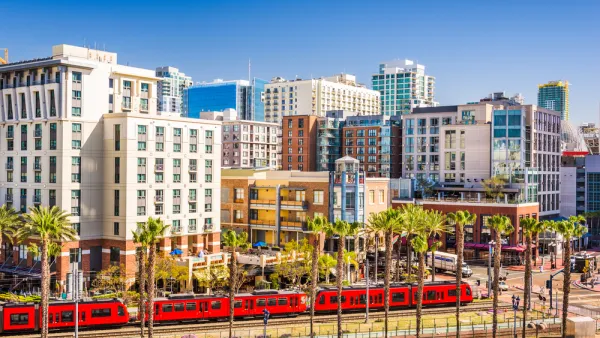This project could "save California," according to the Los Angeles Times. But it won't be easy.
The Los Angeles Times recently published a big, interactive feature about plans to build the largest wind farm in the United States—and ship the electricity to California via a 732-mile power line.
Sammy Roth reports on location for story to detail the tensions between the press need for renewable energy sources and the resistance of locals. “Solar and wind farms can create jobs and tax revenues, reduce deadly air pollution and slow rising temperatures. But they can also disrupt wildlife habitat and destroy sacred Indigenous sites. Some small-town residents consider them industrial eyesores,” writes Roth.
The project is backed by Phil Anschutz, owner of the Coachella music festival, the Los Angeles Kings hockey team. and L.A.'s Crypto.com Arena. Work is already underway: crews are constructing gravel roads and pads for some 600 turbines.
The bulk of the article is devoted to speaking directly with people living and working in the area around the planned wind farm. The article suggests that developing clean energy solutions will require California and other highly populated areas to find common ground with the locals affected by these projects.
FULL STORY: This power line could save California — and forever change the American West

National Parks Layoffs Will Cause Communities to Lose Billions
Thousands of essential park workers were laid off this week, just before the busy spring break season.

Retro-silient?: America’s First “Eco-burb,” The Woodlands Turns 50
A master-planned community north of Houston offers lessons on green infrastructure and resilient design, but falls short of its founder’s lofty affordability and walkability goals.

Delivering for America Plan Will Downgrade Mail Service in at Least 49.5 Percent of Zip Codes
Republican and Democrat lawmakers criticize the plan for its disproportionate negative impact on rural communities.

Test News Post 1
This is a summary

Test News Headline 46
Test for the image on the front page.

Balancing Bombs and Butterflies: How the National Guard Protects a Rare Species
The National Guard at Fort Indiantown Gap uses GIS technology and land management strategies to balance military training with conservation efforts, ensuring the survival of the rare eastern regal fritillary butterfly.
Urban Design for Planners 1: Software Tools
This six-course series explores essential urban design concepts using open source software and equips planners with the tools they need to participate fully in the urban design process.
Planning for Universal Design
Learn the tools for implementing Universal Design in planning regulations.
EMC Planning Group, Inc.
Planetizen
Planetizen
Mpact (formerly Rail~Volution)
Great Falls Development Authority, Inc.
HUDs Office of Policy Development and Research
NYU Wagner Graduate School of Public Service





























